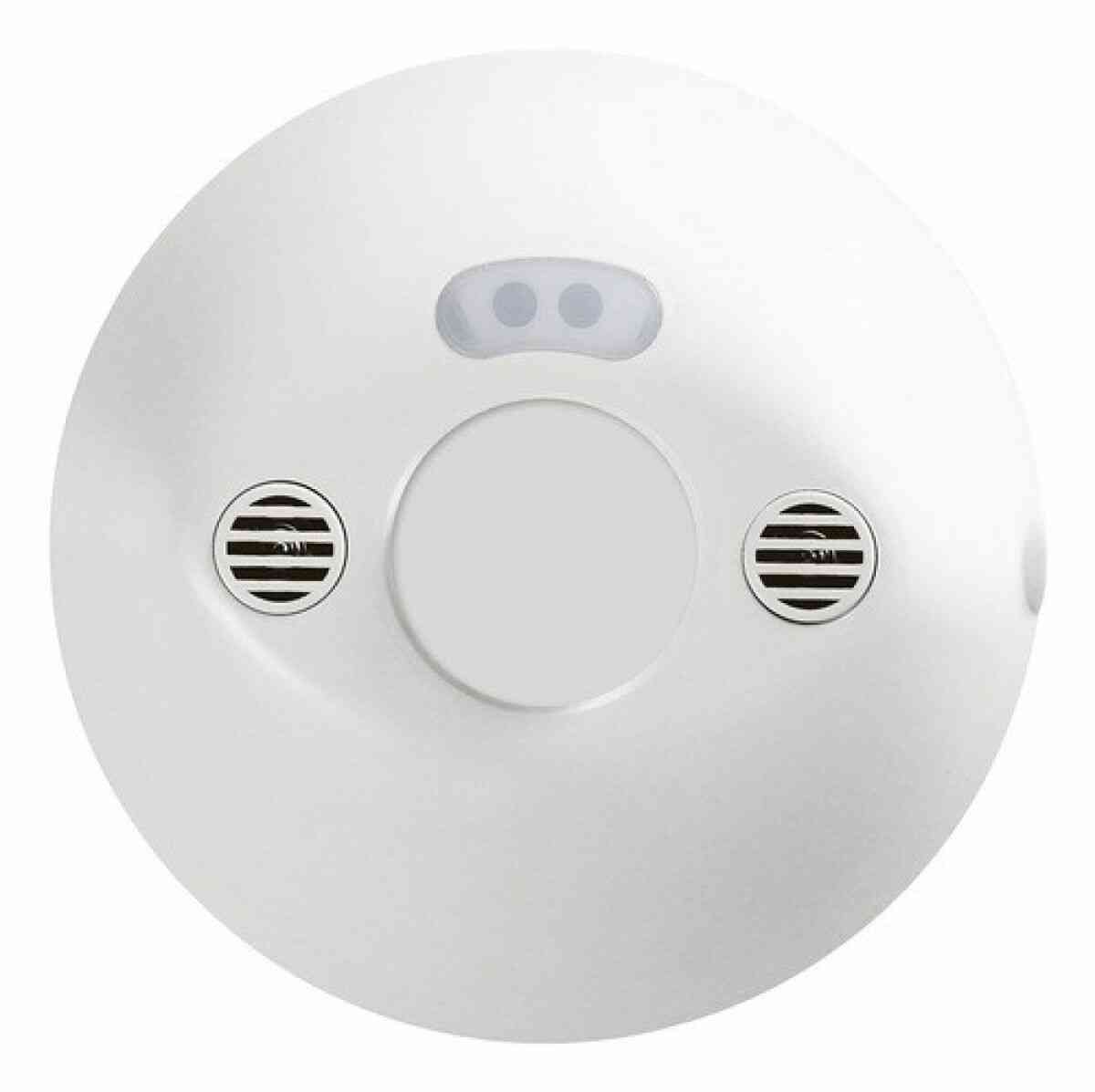Ways To Install Sensor Lights In Your Home
- - Category: Interior Design
- - 15 Nov, 2021
- - Views: 493
- Save

Check Legrand out, they have some high-quality electrical goods from switching devices to distribution boards.
Motion sensor lights are a tad more complex than your typical lights. A motion sensor light works on the principle of human movement. When there's any human movement to the sensor, the light turns on.
A motion sensor light might give you the impression that you are genuinely living in the future, but that doesn't mean everyone needs to purchase them for no reason. A motion sensor light is an evident annoyance to intruders, making it an easy choice for home protection. A motion sensor light also brightens the path for you when you return home late at night, which can save you from tripping over a curb.
Sensor Lights also add to the convenience of energy saving. If nobody is around, then your home will automatically be dark, saving considerable amounts of energy.
Working of Sensor Lights
Motion sensors can detect movement using one of several technologies. Some sensors work like radar, sending signals to cover a predefined region with ultraviolet or microwave radiation and then looking for reflected radiation, emitting a signal. This signal can be used to activate an alarm or send a notification to authorities; however, in a security light, it just turns on the light.
Because this is an electrical operation, the sensor — and hence the light — must be powered to function, so if the fixture is hooked to a circuit with an existing wall switch, the switch must be left on for the fixture function.
Where Should You Install a Sensor Light
A motion detector must be set high but not too high to detect motion over a wide area. Otherwise, it will be too far away to detect anything. Keeping in mind that the light fixture must be powered, the best places for detecting movement in the yard and around entry doors and sidewalls of a structure, where electrical lines may be easily run.
A motion sensor light should also be placed away from streetlights, landscape lights, and any other sources that the sensor could misinterpret as daylight.
Ways to Install Sensor Lights
There is a very minimal difference between installing conventional light fixtures and sensor lights. Connect the wires to the circuit wires, mount the fixture in an electrical box, and finish by changing the sensor sensitivity, range, and delay time.
The first step is to shut off the circuit breaker in the main panel that controls the light fixture circuit to avoid mishaps. If you are replacing a conventional bulb with sensor light, all you have to do is wait for it to cool down so you can unscrew the bulb to replace it.
Completely installing a brand-new fixture in a spot where one didn't exist may be tricky but can be achievable by drilling a new fixture in place with the help of some tools. Keeping the above instructions in mind comes in handy for a swift changeover for your sensor lights.
Check Legrand out, they have some high-quality electrical goods from switching devices to distribution boards that can make your house a smart home.


